Company Name
By John Smith
Feb 1, 2021

Company Name
By John Smith
Feb 1, 2021
Use this space to give a high-level overview of the project. This Business Requirements Document (BRD) outlines the goals and expectations of a project. It contains both functional and non-functional requirements, including the user’s needs and expectations, the purpose behind this solution, and any high-level constraints that could impact a successful deployment.
This section describes the desired results of the project, which often includes a tangible deliverable.
It's a good idea to explain why you're tackling this project. Explain why the project is needed for the business and how the project will meet these needs. It should present facts and evidence to support the need for the proposed project.
This section describes the scope of the project at a high level. Summarize the business requirements for this project. What should be included in the scope and what should not?
This section should detail the functional requirements of the project. Outline, in detail, the functional requirements and corresponding features, including diagrams, charts, and timelines.
Also include non-functional requirements, such as processing time, concurrent users, availability, etc. These criteria will be used to assess the system operation, rather than specific behaviors.
ID | Requirement | Priority |
|---|---|---|
FRAQ1 | Functional Requirement 1 | High |
FRQ2 | Functional Requirement2 | High |
FRQ3 | Functional Requirement 3 | Medium |
FRQ4 | Functional Requirement 4 | Low |
FRQ5 | Functional Requirement 5 | Low |
ID | Requirement | Priority |
|---|---|---|
NFRQ1 | Non-Functional Requirement 1 | High |
NFRQ2 | Non-Functional Requirement 2 | High |
NFRQ3 | Non-Functional Requirement 3 | Medium |
NFRQ4 | Non-Functional Requirement 4 | Low |
NFRQ5 | Non-Functional Requirement 5 | Low |